|
About Us |
Home |
Email |
June 27, 2024
Port Canaveral Florida
Rocket Nose cone (Payload Fairings)
Returned to Land for Refurbishing
Cargo Ship 'Bob' returned to Port Canaveral with rocket nose cone fairing halves
from 2 different launches!
Each fairing half costs about $5 million, so resusing these is important to keeping down costs.
These fairing halves have flown for up to 20 times each (saving $100 million).
There are 4 haves on this ship, so over their lifetime as much as $800 million has been saved.
A Tesla Roadster car can fit inside the fairings with room to spare (and did and has traveled past Mars)
PHOTOS
Click once to enlarge, TWICE for full-size (all website images are half or less of the originals)
Email to inquire about ordering prints or full-size digial copies
Auto Slide Show! OR Manual Slide Show!
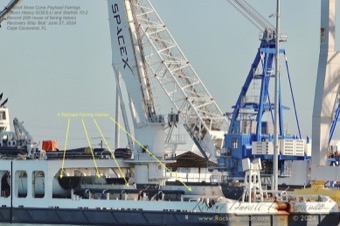 Annotated |
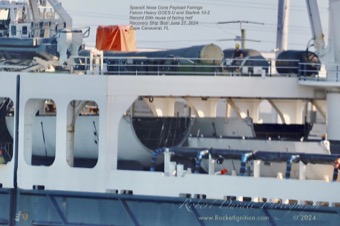 View 1 |
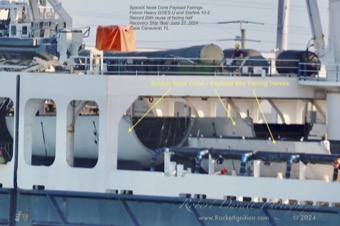 Annotated |
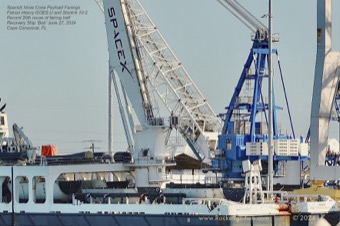 View 1 |
 View 1 |
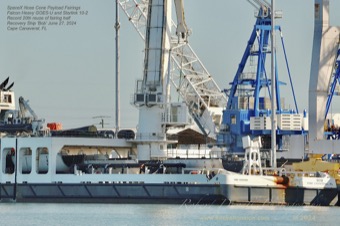 View 1 |
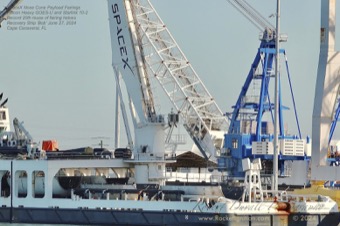 View 1 |
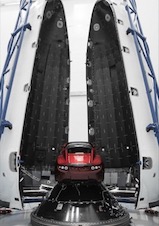 RoadsterScale |
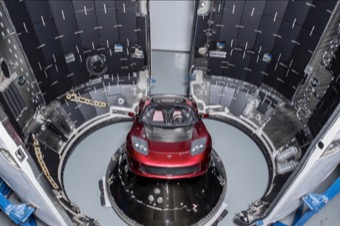 RoadsterInside |
This is one way that SpaceX outcompetes all it's competitors, bringing the cost of launches and satellite service down dramatically.
The Fairing descends by parchute, floats on the ocean like a very large boat, and are then they picked up by a cargo ship like 'Bob'
I did not see Bob come into port, but I did see the fairings (for my first time) while docket awating transport back to SpaceX factory or refurbishing and re-use. Most oter rocket companies (including NASA) have not recovered any hardware, and No other rocket company has ever landed a booster except SpaceX.
These Fairings/Rocket Flight Data
Falcon 9 Starlink Group 10-2
Cape Canaveral, FL
Launched Sunday, June 23, 2024 at 1:15:00 PM
Record 20th flight for this payload fairing half
The Falcon 9 first stage booster supporting this mission, B1078, launched for an 11th time.
22 satellites for the Starlink mega-constellation Internet communication system.
Falcon Heavy GOES-U Weather Satellite
Cape Canaveral, FL
Launched Tuesday, June 25, 2024 at 5:26 PM
The Geostationary Operational Environmental Satellite-U (GOES-U) is the fourth of the next generation of geostationary weather satellites, known as the GOES-R series.
The four satellites of the series provide advanced imaging for more accurate forecasts, real-time mapping of lightning activity, and improved monitoring of solar activity.
Once GOES-U reaches orbit, it will drop U designation and be renamed GOES-19.
Copyright © 2021-2024 Rocket Ignition All rights reserved. Unauthorized use prohibited.